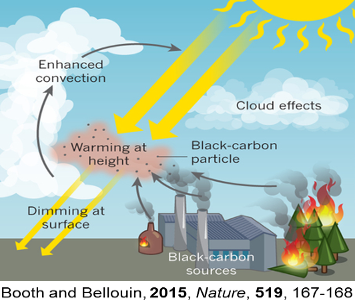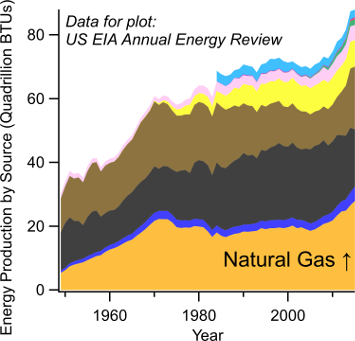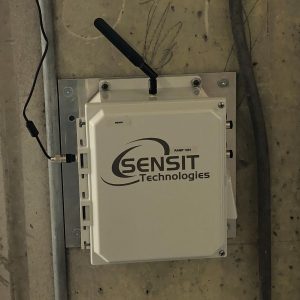The iREACH lab was established on the principle that technologies and policies should be assessed using integrated and quantitative assessments of air quality, climate and energy. This includes leveraging environmental sensing networks, utilizing data from regulators and industry, as well as building cross-disciplinary teams both within UBC and internationally.
Air Pollution
Most of the world’s population breathes air that does not meet World Health Organization standards (10 μg/m3). Real-world measurements can help us better understand the roles of sources and modifiable factors on our air quality and personal exposure as we work to improve global air quality. A primary interest of the iREACH lab is using real-world air pollutant measurements to assess the impact of technology or policy implementations in near-real time in order to optimize the outcome.

Climate
Many air pollutants that are regulated to protect our health also influence the rate and extent of climate change. Such pollutants include black carbon, which absorbs incoming sunlight, influences cloud formation, and changes surface albedo. Our policy decisions should be carefully scrutinized to ensure there are no trade-offs or “hidden costs” to climate (e.g., increased black carbon emissions from GDI engines). The iREACH lab is committed to assessing the collective air and climate impacts of technologies, with a focus on the complex impact of aerosols.

Energy
Energy decisions are intricately related to our personal air quality and global climate. For example, the iREACH lab is interested in the collective air quality and climate impacts from energy shifts towards natural gas within Canada, or the impacts of solar micro-grids in developing countries. Additionally, as demand increases for electricity-based transportation, a critical assessment of the source of electricity on air quality and climate is needed.

Low-Cost Sensing
Recently, there have been significant advances in low-cost air pollution sensing. The iREACH group is interested in understanding how these tools can help inform more rapid technology assessments or more quickly understand the impact of policy interventions. Some example applications include measuring vehicle emissions across Vancouver, deploying sensors to rural India to assess cooking emissions, and measuring air pollution in daycares to understand the role of vegetation or other mitigative barriers on air pollutant exposure.
